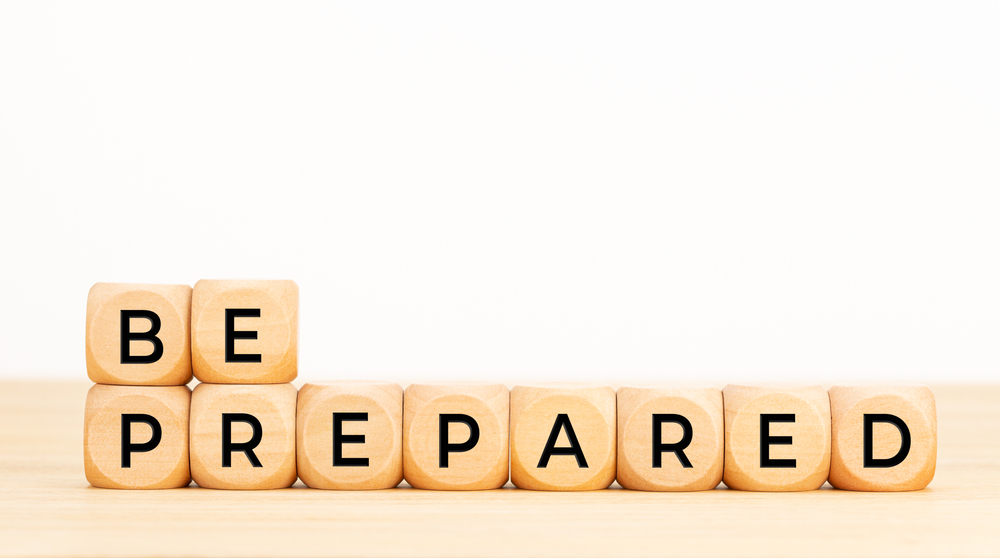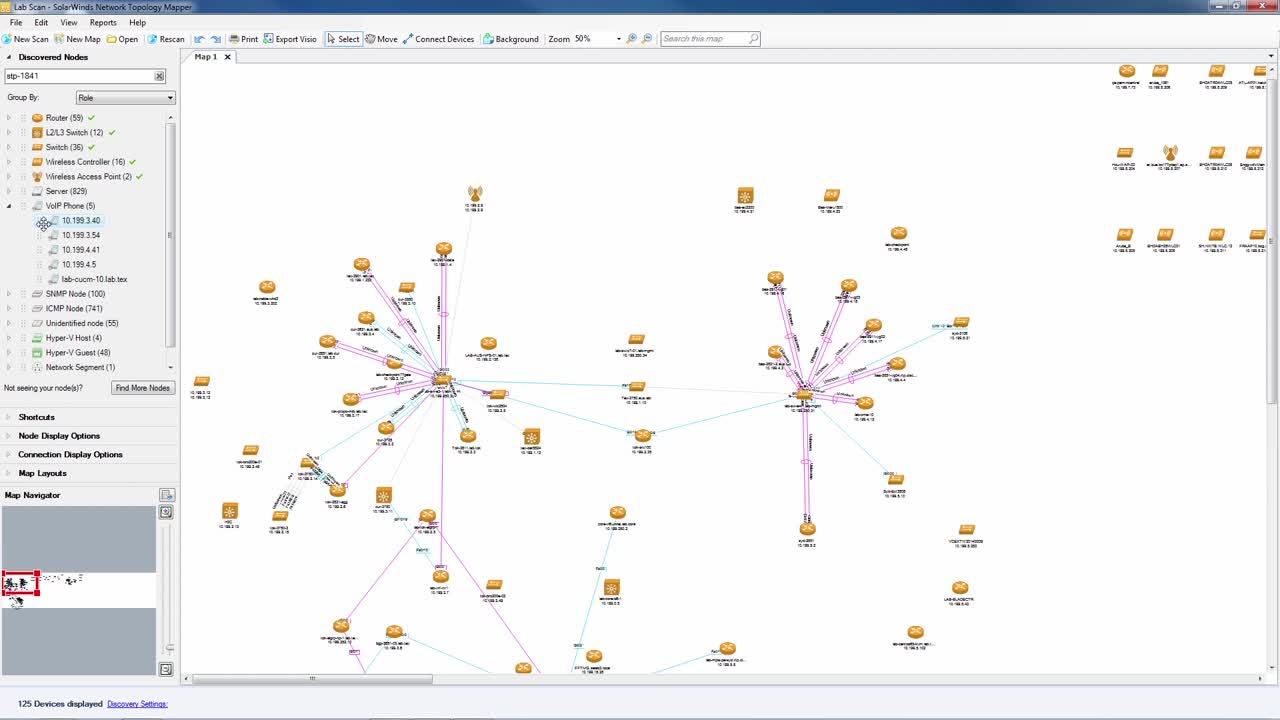Table of Contents
The ASL (American Sign Language) alphabet is a vital part of American Sign Language, a complex visual language used by the Deaf and Hard of Hearing community.
What is the ASL Alphabet?
The ASL alphabet consists of 26 hand gestures that correspond to the letters of the English alphabet. It serves as a bridge between English and American Sign Language, enabling more clear communication and supporting literacy skills.
Importance of Learning the ASL Alphabet
Learning the ASL alphabet is essential for:
- Communication: It facilitates conversation with the Deaf and Hard of Hearing community.
- Education: It’s a tool for educators to reach students with hearing impairments.
- Professional Development: Various careers, such as interpreters, social workers, and medical professionals, can benefit from understanding ASL.

How to Learn the ASL Alphabet
1. Start with Basics
Begin by familiarizing yourself with the handshapes for each letter. Authentic online resources such as the National Association of the Deaf (NAD) and Gallaudet University offer tutorials and guides.
2. Practice Regularly
Use flashcards or mobile apps designed to teach the ASL alphabet. Practice with a partner if possible.
3. Join an ASL Community
Join local ASL meetups or online forums to practice and improve your skills. Engaging with native ASL users can provide invaluable experience.
Online Resources to Learn the ASL Alphabet
- Gallaudet University: They offer online courses and free videos demonstrating the ASL alphabet.
- Signing Savvy: A video-based dictionary and learning resource for ASL, including the alphabet.
- Lifeprint: Dr. Bill Vicars’ website offers free ASL lessons, including a comprehensive section on the ASL alphabet.
ASL Alphabet in Educational Systems
The inclusion of the ASL alphabet in educational curricula is growing. It not only fosters inclusivity but also offers students a new linguistic perspective. Educators can find resources through the Described and Captioned Media Program (DCMP) and other educational outlets.
The ASL alphabet is more than a set of hand gestures; it’s a vital tool for communication, education, and connection. Whether you’re seeking to build professional skills or enhance personal development, learning the ASL alphabet opens doors to a rich cultural experience.
Investing time in reliable online resources and community engagement ensures a strong foundation in this beautiful language. By embracing the ASL alphabet, we take a step toward a more inclusive and understanding world.
Features:
- Visual Nature: ASL is a visual-gestural language, that uses hands, facial expressions, and body movements to communicate.
- Grammar Structure: It has its unique grammar system, distinct from English, with specific rules for pronunciation, sentence structure, and word order.
- Non-Linear Language: ASL can convey information in a non-linear way, often expressing multiple pieces of information simultaneously.
- Facial Expressions: Emotions, intentions, and other nuanced meanings can be conveyed through facial expressions.
- Use of Space: ASL incorporates three-dimensional space to signify spatial relationships, refer to participants, and more.
- Classifiers: These are specialized signs that provide more information about nouns and verbs, such as their location, movement, and appearance.
- Manual Alphabet: ASL includes a manual alphabet, allowing the signing of individual letters for spelling names or uncommon words.
- Iconic Signs: Many signs in ASL have a visual relationship to their meaning, making them easier to remember.
- Regional Variations: ASL has dialects and regional variations, reflecting different cultural and community influences.
Benefits:
- Accessibility for the Deaf Community: ASL provides a vital means of communication for those who are Deaf or hard of hearing.
2. Bilingual Benefits: Learning ASL can enhance cognitive functions like memory and attention, similar to learning any second language.
3. Cultural Connection: It facilitates connection with the Deaf culture and community, fostering understanding and inclusion.
4. Communication in Various Environments: ASL can be used where verbal communication is challenging, such as in noisy environments or where speech needs to be silent (e.g., libraries, underwater).
5. Enhanced Non-Verbal Communication: Learning ASL can improve the ability to understand and use non-verbal cues in other aspects of life, enhancing overall communication skills.
6. Potential Health Benefits: Some studies suggest that using sign language may promote better mental and emotional health by providing a fuller means of expression for those who may have challenges with spoken language.
Also, read degloved face






























Comment on “Learn the ASL Alphabet: A Comprehensive Guide”
Comments are closed.